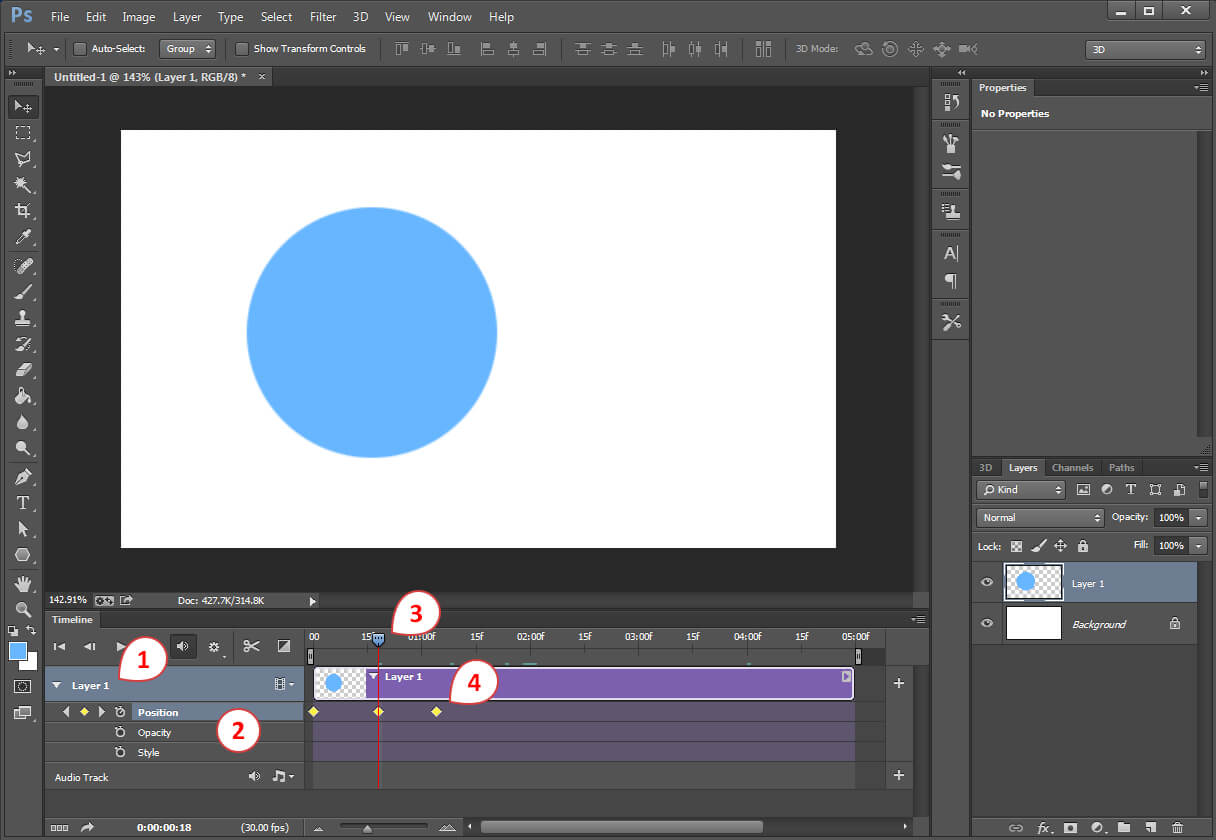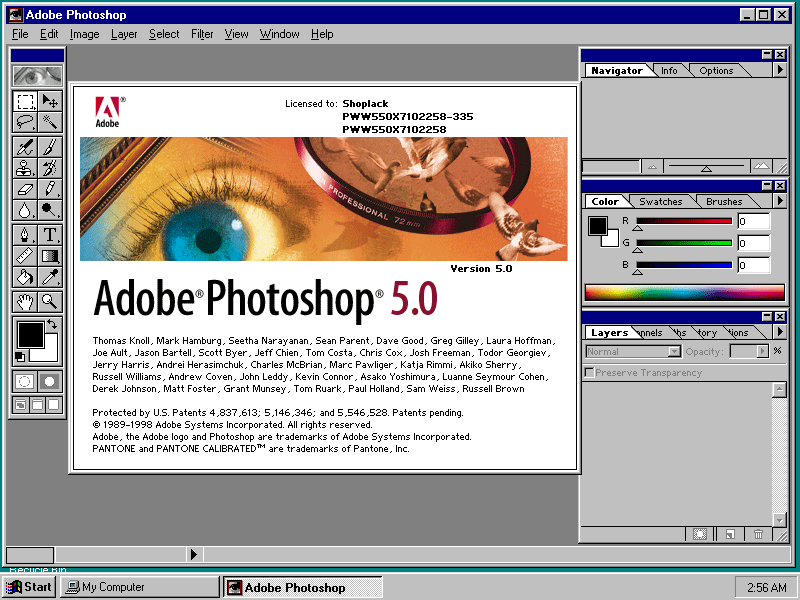

Now you can change the speed on all the frames at once! Play around and see what works for you, though! To select all the frames at once, click the first frame, hold the shift key, and click the last frame. You can change how long each frame plays – Photoshop automatically sets it to 0, but I think 0.2 seconds looks best. Do this to one photo, and it will change all the others as well.Ĭlick the play button and see how your GIF looks! Just click the crop tool on the left, and crop the photo.
The gray checkered space shows when one photo is smaller than another one in the GIF. Most likely, you photos won’t all match up perfectly (except maybe if you used a tripod). You should see all of the photos in the Timeline now. Select all the photos that you want to use for your GIF, and make sure to check “ Attempt to Automatically Align Source Images.” This will align all your photos, so that when your GIF plays, your background stays stable while the subject is moving.Ĭlick OK, and you should see this Timeline at the bottom, but if you don’t, go to Window > Timeline and make sure it’s checked.Ĭlick the “ Create Frame Animation” button, then click those 3 little lines on the top right of the Timeline. This screen will pop up, and you can choose your files. Then go to File > Scripts > Load Files into Stack To start making the GIF, I open Photoshop. Don’t worry about aligning them right now – we’ll do that in Photoshop. I flag the photos that I’m going to use for GIFs, edit them all (copy & pasting the settings so they’re all the same), and export them. So, after the photos are taken, I edit them all in Lightroom first. Hold the camera as still as you can – unless you use a tripod all 30 photos won’t be perfectly even, but this is easily fixable when we get into Photoshop. Usually I just hold down the shutter until the camera starts buffering (when the SD card can’t write anymore photos), then when I’m editing I delete any photos I don’t need. I aim for 25-35 photos, but usually end up dropping a few from each “end” of the gif. How many photos you need kind of depends on the GIF, but I think it usually works best if you have at least 10. My old Canon 5D Mark III did take CF cards, so if your camera does too, I recommend them! My one complaint about the Sony is that while it has two card slots, they’re both SD. If your camera has a CF slot, I recommend using it – CF cards tend to be faster, and also more durable. I use these 170 MB/s SD cards – anything slower just doesn’t work for me. If that happens, when you make your GIF in Photoshop, it’ll be choppy. Because for GIFs, you’re shooting several dozen photos in a row, if the card is too slow, it will buffer after a few, missing shots. SD cards and CF cards all have a read/write speed, indicated in MB/s on the card.


I use a Sony a7iii, usually with my 24- 70 lens, which I love over all, but for GIFS it’s great because the autofocus is fast, and it also gives you the option to lock the focus on a subject, and it’ll automatically follow them – handy if there are a lot of people and you want to focus on one for the GIF, or if there’s a ton of movement going on in the frame.Īnyway, the camera you use isn’t isn’t super important – as long as it can do continuous shots, you’re set! But, what is really important for making GIFs is the memory card you use.
Adobe photoshop 5.0 how to make a gif professional#
I’m pretty sure every professional camera can do this – I haven’t tested them all, but I think it’s a feature you’ll find on yours :). Of course, you’ll need a camera that can do continuous shooting.


 0 kommentar(er)
0 kommentar(er)
